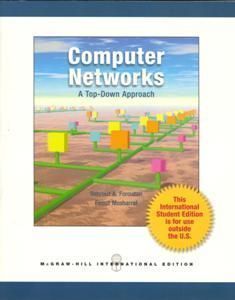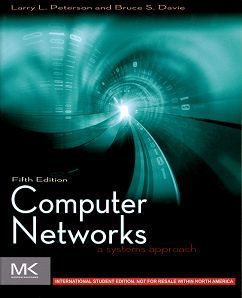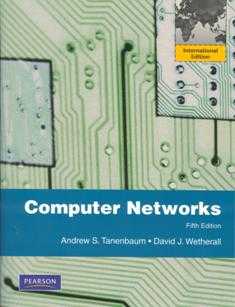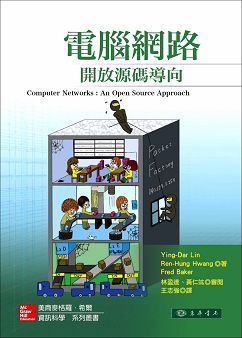書籍分類
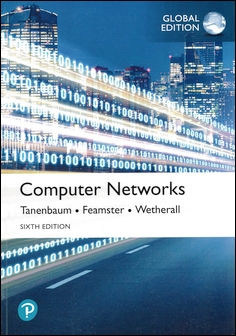
Computer Networks 6/e
作者:Andrew S. Tanenbaum Nick Feamster David J. Wetherall
原價:NT$ 1,380
ISBN:9781292374062
版次:6
年份:2022
出版商:Pearson Education
頁數/規格:944頁/平裝單色
版次:6
年份:2022
出版商:Pearson Education
頁數/規格:944頁/平裝單色
內容介紹 本書特色 目錄
- Description
In Computer Networks,Tanenbaum et al. explain how networks work from the inside out. They start withthe physical layer of networking, computer hardware and transmission systems,then work their way up to network applications. Each chapter follows aconsistent approach: The book presents key principles, then illustrates themutilizing real-world example networks that run through the entire book theInternet, and wireless networks, including Wireless LANs, broadband wireless,and Bluetooth. The 6th Edition is updated throughout to reflect the mostcurrent technologies, and the chapter on network security is rewritten to focuson modern security principles and actions.



